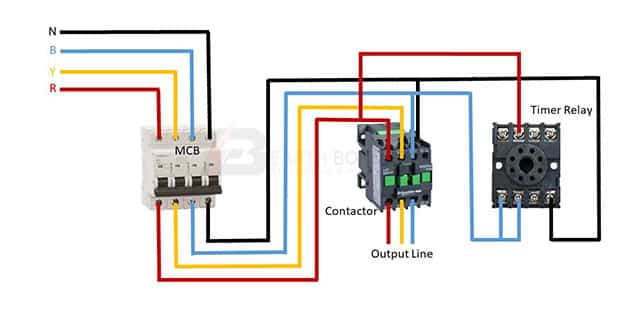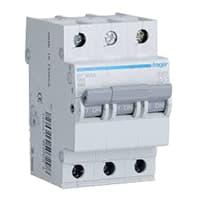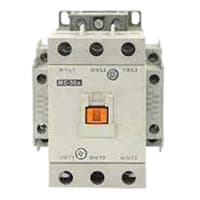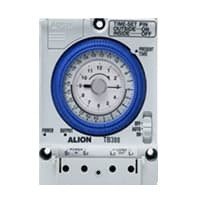Timer and contactor circuit diagram:
This diagram shows how to make Timer and contactor wiring diagram. In this circuit, we use a TP MCB (Tripple Pole Miniature Circuit Breaker ), a magnetic contactor, and an 8-pin timer relay. First, we need to connect the TP MCB with the power source, then connect the MCB with the contactor, then connect the timer with the magnetic contactor. Now this circuit is ready for use.
Advertisements
Components needed For this Project:
You can get the components from any of the sites below:
- TP MCB 20A [See Buy Click Amazon]
- Magnetic Contactor 40A [See Buy Click Amazon]
- 8 Pin Timer 220V AC [See Buy Click Amazon]
*Please note: These are affiliate links. I may make a commission if you buy the components through these links. I would appreciate your support in this way!
Advertisements
Components used to make the Timer and contactor circuit diagram:
The full meaning of MCB is Miniature Circuit Breaker for TP MCB. MCB is an electromagnetic switch or device. If for any reason a short circuit occurs in the supply line or load line (line to line or line to neutral) or in case of overload MCB. the MCB automatically trips and disconnects the main line circuit or household power supply Connection. TP MCB In 3 Pole MCB, Switching & Protection is affected in only 3-Phases and the Neutral is not part of the MCB. 3 pole MCB signifies the Connection of Three Wires for a 3-Phase system Red-Yellow-Blue Phase. 3-Phase Supply Only Without Neutral.
02. Magnetic Contactor:
A magnetic contactor is an electromagnetic switching device. It is generally used for controlling 3-phase Motors. The operation of a magnetic contactor is similar to that of a Relay. but a relay is used for low-power or low-voltage connections, and a magnetic contactor is used for high-power or high-voltage connections. As soon as the supply is applied to the magnetic contactor coil. its normally open contacts are closed and normally closed contacts are opened and the associated devices are also operated. This is how a magnetic contactor works.
A timer is a type of time-switching device that controls and controls Electrical circuits and electrical and electronic devices through time setting (on/off). The timer is basically 8-pin. Like other controlling devices the timer has a coil and when this coil is magnetized, the timer works on/off. The timer has 2 common ends and each common end has normally close and normally open options. When the timer is set by time, the timer trips at the end of that time and turns the common is normally closed (on) to open (off) and normally open (off) to close (on). This is how the timer works.
Thank You for visiting the website. Keep visiting for more Updates.
Frequently asked questions
You should always use a timer with a contactor the protect it from the high electricity load emitting from high-wattage electronics. Without one, your timer would likely fail, leading to your growth and lights being left permanently on.
Timer Basics. A timer was essentially a finite state machine that increments and decrements a register once per clock cycle. All timers have a register that contains the current flow value of the time. Timers also have the reload register.
Timing circuits are electronic circuits that generate precise time delays or pulses. They are commonly used in various applications such as in electronic devices, communication systems, and control systems.
The 555 and timer IC is an integrated circuit used in a variety of timer, delay, pulse generation, and oscillator applications. It was one of the most popular timing ICs due to its flexibility and price.
A load wire on a timer switch is the wire that carries the electrical current to the device that the switch controls. In the context of a timer switch, the load wire connects to the electrical load, such as a light or an appliance, that the switch is intended to control.
Read more Single Phase Wiring
What is a kilowatt-hour (kWh) | kwh formula | What does kwh mean
Introduction to Electrical Units and CircuitskW and kWh on your electricity bill As your home uses electricity during...
What is the Difference Between kVA | What does KVA mean | kVA formula
Difference Between KVA ExplainedWhat does KVA Mean? There are technical terms aplenty when it comes to generators, and...
Power Factor | Power Unit | Energy | Electricity Unit
Power factor definition | Calculating Power FactorPower Factor Values In a purely resistive circuit, the power factor...




0 Comments